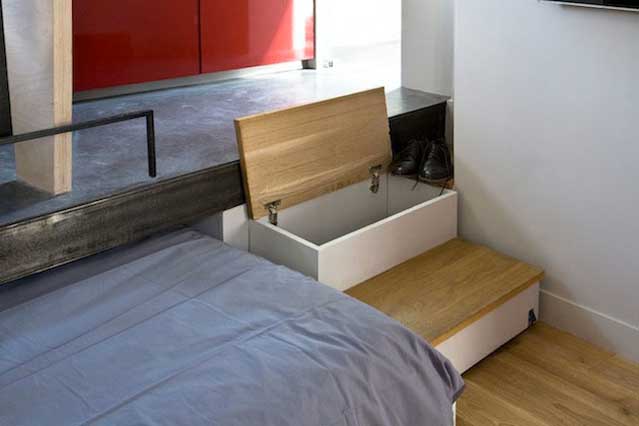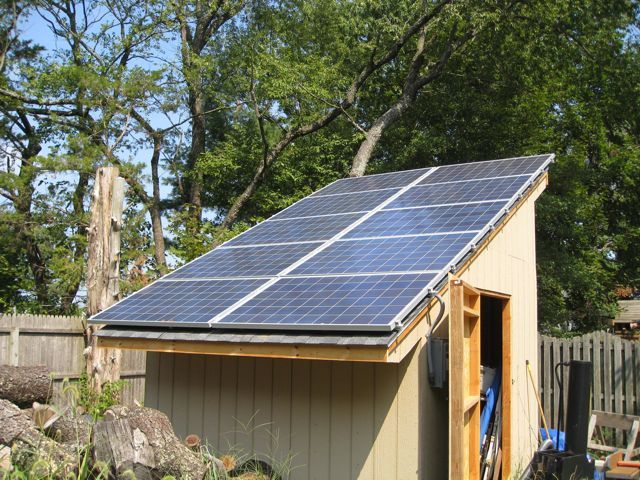Growing, preserving, and storing your own food can be a rewarding and self-sufficient lifestyle choice.
However, it’s important to protect your harvest from unwanted visitors – we’re not talking about the neighbor’s kids here!
Pests such as rodents, insects, and other wildlife can easily infiltrate even the most secure underground stashes, leading to spoilage, contamination, or total loss of your precious produce.
Fortunately, with a few simple techniques for root cellar and storage pest control, you can rest assured that your hard-earned harvest will remain safe and edible throughout the year.
We’ll explore various methods to keep those furry critters out of your underground stash and help you maintain a bountiful supply of wholesome food for months to come!
Inspect and clean your root cellar and storage area regularly
Regularly inspect your root cellar and storage area for any signs of pests, such as droppings, gnaw marks, or live pests. Remove any debris or spoiled items, and clean the area with a solution of soap and water.
Check for any visible damage or contamination, and be on the lookout for signs of infestation, such as holes in packages or containers, or unusual smells.
Remove any debris or spoiled items, as they can attract pests and cause further damage.
Clean the area thoroughly with a solution of soap and water, paying particular attention to crevices and corners where pests may be hiding.
This will help prevent the spread of pests and maintain a clean, safe environment for your stored items.
Consider using natural deterrents like cedar wood or mint to repel pests, and ensure that your storage area is well-ventilated to prevent moisture buildup, which can attract pests.
By regularly inspecting and maintaining your root cellar and storage area, you can help protect your belongings from pest damage and ensure a successful storage experience.
Use natural deterrents
Certain natural deterrents, such as diatomaceous earth, can be effective at repelling pests. Sprinkle the deterrent around the perimeter of your root cellar and storage area to help keep pests away.
Diatomaceous earth is a highly effective natural deterrent for pests, making it an excellent choice for protecting your root cellar and storage areas.
This powder is made up of the fossilized remains of tiny aquatic organisms called diatoms, and its unique properties make it an ideal barrier against pests.
When sprinkled around the perimeter of your storage area, the sharp, microscopic edges of the diatomaceous earth powder will puncture the exoskeletons of any pests that try to cross it, dehydrating them and eventually killing them.
The powder’s abrasive texture will deter pests from crawling or walking on it, further discouraging them from entering your storage area.
By regularly sprinkling diatomaceous earth around the perimeter of your root cellar and storage areas, you can help keep pests at bay and preserve the quality of your stored food and other items.
Seal all entry points
Pests can enter your root cellar and storage area through even the smallest cracks and crevices. Seal all entry points, including around pipes, vents, and doors, to prevent pests from entering.
To protect your root cellar and storage area from pest infestations, it is important to seal all entry points.
Pests can slip through even the smallest cracks and crevices, so it’s essential to be vigilant and thorough when sealing.
Start by inspecting your root cellar and storage area for any gaps or openings around pipes, vents, and doors.
Use a flashlight and a fine-toothed comb to check for any small openings that pests might exploit.
Once you’ve identified any gaps, use a high-quality sealant such as caulk or silicone to fill them.
Pay particular attention to the areas around pipes and vents, as these can be notorious for allowing pests to enter.
Make sure to seal any cracks or gaps in the walls and floors of your root cellar and storage area.
By taking these preventative measures, you can help prevent pests from entering your root cellar and storage area, ensuring that your food storage remains safe and pest-free.
Use screen doors and vents
Installing screen doors and vents can help keep pests out of your root cellar and storage area. These barriers will prevent pests from entering while still allowing air to circulate.
Installing screen doors and vents in your root cellar and storage area is an effective way to keep pests out while still allowing air to circulate.
These barriers will prevent pests such as rodents, flies, and insects from entering the area, protecting your stored food and other items from contamination and damage.
Screen doors and vents are designed to allow air to pass through while keeping pests out, ensuring that your stored items remain fresh and safe to consume.
By installing these barriers, you can rest assured that your root cellar and storage area will remain pest-free, providing you with a convenient and effective way to store your food and other items.
Screen doors and vents can help to regulate the temperature and humidity levels within the area, further ensuring the quality and longevity of your stored items.
Keep your storage area clean and dry
Pests are attracted to food and moisture, so keep your storage area clean and dry. Store items in airtight containers and keep your storage area well-ventilated to prevent the buildup of moisture and condensation.
Pests are irresistibly drawn to the scent of food and moisture, so it’s important to keep your storage area clean and dry to prevent infestations.
Start by storing items in airtight containers, which will not only seal in the freshness but also prevent pests from gaining access.
Next, ensure your storage area is well-ventilated to prevent the buildup of moisture and condensation.
This can be achieved by installing vents or windows, or by using a dehumidifier to remove excess moisture from the air.
Proper ventilation will not only help maintain a dry environment, but it will also help prevent the growth of mold and mildew, which can attract pests.
Keep your storage area free of clutter and debris, as pests often hide in dark, damp crevices.
Use traps
Place traps in your root cellar and storage area to catch and eliminate pests. Sticky traps and bait traps are effective at capturing pests, and can be used in conjunction with other methods to help control pest populations.
Placing traps in your root cellar and storage areas is a important step in catching and eliminating pests.
Sticky traps and bait traps are two effective methods for capturing pests, and they can be used in conjunction with other methods to help control pest populations.
Sticky traps are coated with a sticky substance that traps pests, while bait traps use a sweet or oily substance to attract pests.
Place these traps in areas where pests are most likely to be found, such as near food sources and entry points.
Check the traps regularly and dispose of any caught pests to prevent them from escaping and multiplying.
Consider using pheromone traps, which use synthetic pheromones to lure pests into a trap.
By using traps in conjunction with other methods, such as sealing entry points and using natural deterrents, you can effectively eliminate pests from your root cellar and storage areas.
Use repellents
Certain repellents, such as peppermint oil or cinnamon, can be effective at repelling pests. Place repellents around the perimeter of your root cellar and storage area to help keep pests away.
Using natural repellents such as peppermint oil or cinnamon can be a reliable and chemical-free solution to keep pests away from your root cellar and storage area.
These repellents can be applied around the perimeter of your storage space to deter pests from entering.
The strong aroma of peppermint oil, for instance, can overwhelm the senses of pests, making it difficult for them to survive in the area.
Similarly, the pungent flavor of cinnamon can also repel pests, such as mice and ants, from entering your storage space.
By placing repellents around the perimeter of your root cellar and storage area, you can effectively keep pests away and protect your stored items from damage.
You can use a combination of repellents for even better results.
For example, you can mix peppermint oil and cinnamon oil to create a potent repellent blend that will keep pests at bay.
Monitor your storage area
Regularly check your storage area for signs of pest infestations, such as droppings or gnawing damage. Monitoring your storage area will allow you to identify and address pest problems before they become serious.
Regularly inspecting your storage area for signs of pest infestations is a important step in maintaining a pest-free environment.
Look for droppings or gnawing damage, as these can be indicators of pest activity.
Check for signs of rodents, such as mouse or rat droppings, and for signs of insects, such as cockroach or ant trails.
Be on the lookout for any unusual or unpleasant odors, as these can be a sign of pest infestation.
By regularly monitoring your storage area, you can identify and address pest problems before they become serious.
For example, if you notice mouse droppings, you can take action to seal any entry points and use traps or repellents to eliminate the infestation.
By staying vigilant and addressing pest issues promptly, you can prevent significant damage to your stored items and maintain a clean and safe storage environment.
Want More? Dive Deeper Here!
Hey there! If you’re the type who loves going down the rabbit hole of information (like we do), you’re in the right spot. We’ve pulled together some cool reads and resources that dive a bit deeper into the stuff we chat about on our site. Whether you’re just killing time or super into the topic, these picks might just be what you’re looking for. Happy reading!






